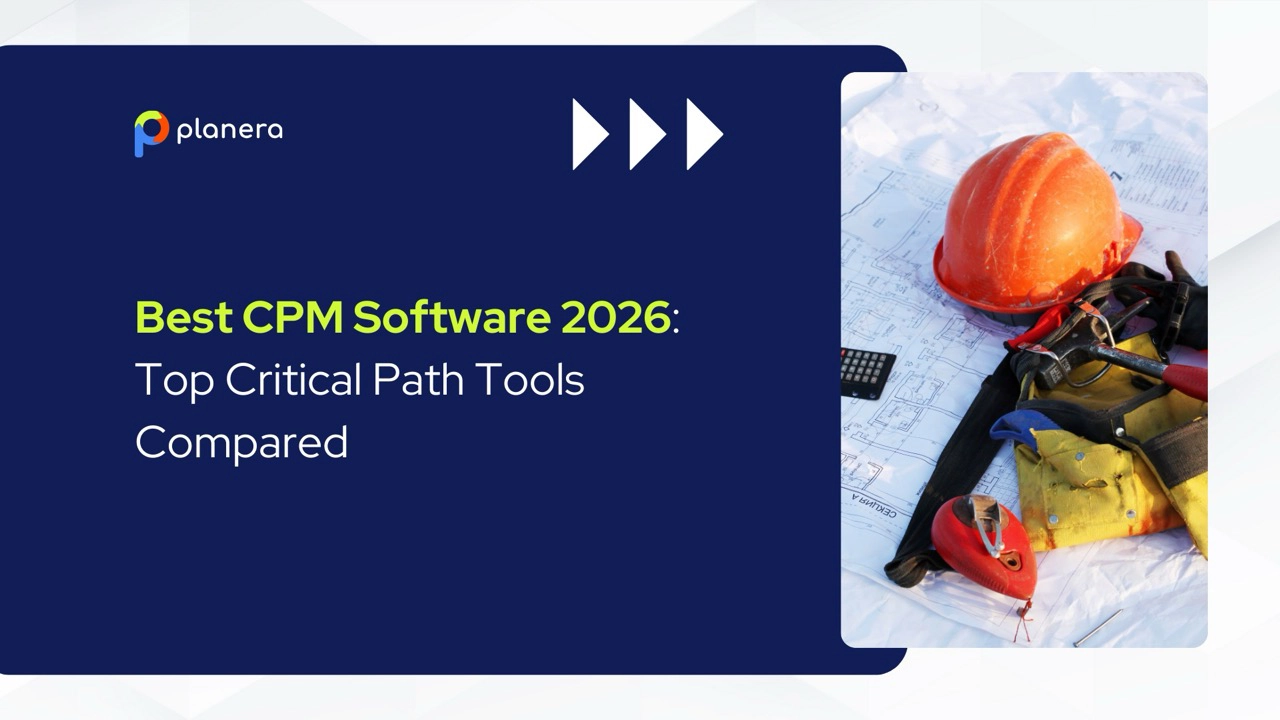CSU East Bay Finds Visual Scheduling Superior to Tabular Tools

New study finds that 69% of schedulers trust visual scheduling over the leading tabular scheduling software.
In an era where efficiency and accuracy are paramount, a recent study conducted at California State University, East Bay reveals the significant advantages of visual scheduling methods over conventional tabular scheduling approaches. The findings demonstrate that visual Critical Path Method (CPM) scheduling can optimize project management by making the scheduling tasks 30 percent faster and 35 percent easier to use than traditional tabular systems.
The Study Breakdown
This peer-reviewed research study involved 55 students from the university’s construction management program who were tasked with creating project schedules using both visual CPM scheduling and conventional tabular scheduling methods. Despite limited training on the visual scheduling approach, participants adapted quickly, showcasing its user-friendliness and effectiveness in real-world scenarios.
In head-to-head comparisons, more than 60 percent of participants favored the visual CPM approach across key performance metrics, while only an average of 15 percent preferred the traditional tabular systems.
Key Findings from the Study
- Visual scheduling required less time to construct schedules: Participants took an average of 31 minutes to create schedules with visual CPM scheduling, resulting in a time savings of 10 to 20 minutes compared to tabular systems.
- Visual scheduling was easier to use for defining tasks and correlations: More than 50 percent of users rated visual scheduling as ‘Very Easy’ for defining tasks and establishing correlations, compared to just 15 percent for tabular scheduling tools.
- Visual scheduling was more effective for spotting mistakes and making changes: More than 60 percent of users favored visual scheduling over tabular systems when identifying errors and implementing corrections.
- Schedules created using visual CPM methods were easier to understand: 63 percent of participants found visual schedules ‘Very Easy’ to comprehend. In contrast, only a range of 38 to 43 percent of participants reported the same level of ease with traditional legacy scheduling systems.
Insights from Leadership
“These findings validate the philosophy that a simple and intuitive user experience significantly enhances the efficiency and accuracy of construction scheduling,” said Nitin Bhandari, CEO and co-founder of a Planera. “Legacy scheduling tools like P6 require users to navigate outdated, linear methods such as Gantt charts to create construction schedules. In contrast, visual scheduling offers a modernized approach that aligns more closely with the needs of today’s construction professionals.”
The Role of Visual Scheduling in Construction
The study’s results highlight the need for an evolved approach to construction scheduling, with visual CPM scheduling emerging as a superior method compared to traditional tools. As the only visual CPM scheduling tool on the market, Planera is uniquely positioned to support construction managers seeking to optimize project planning and execution.
Addressing the Labor Shortage
As the construction workforce ages, general contractors are increasingly having trouble recruiting and retaining staff in key roles, with schedulers being an excellent example of talent that is hard both to find and to keep. With the ease of use of visual scheduling, scheduling work can now be performed by a wider group of employees, easing pressures on general contractors operating in a tight labor market.
Read the full study: Visual versus Tabular Scheduling Programs
You deserve better scheduling software
Powerful can be easy. Book a demo to see how.



